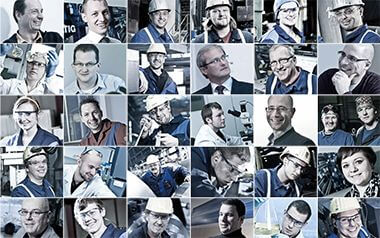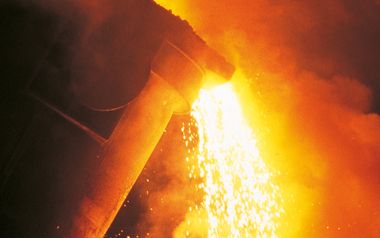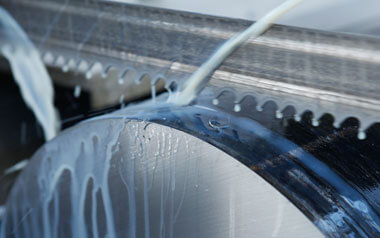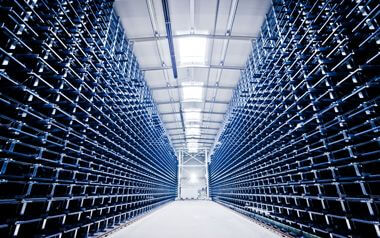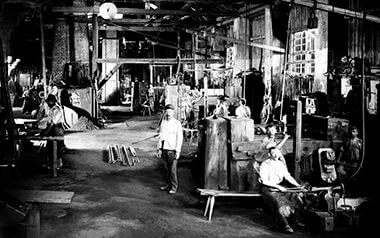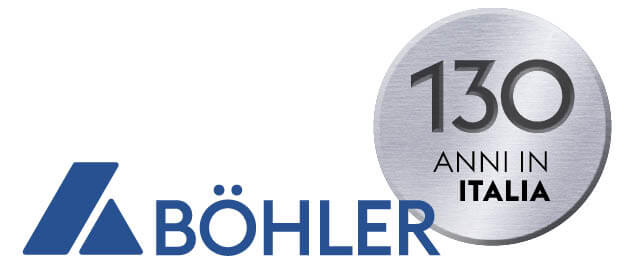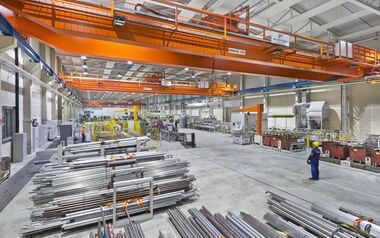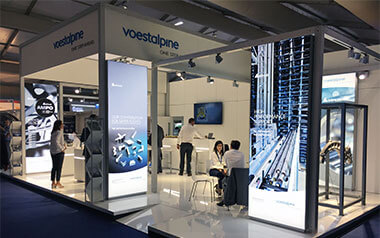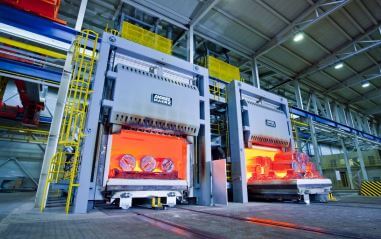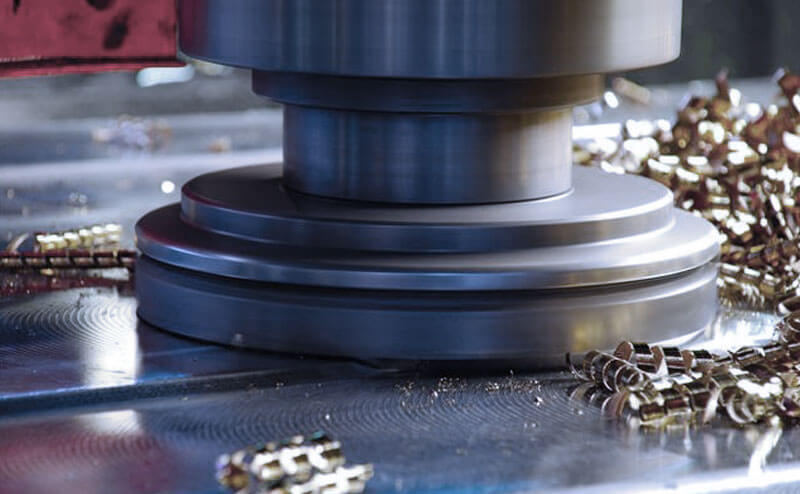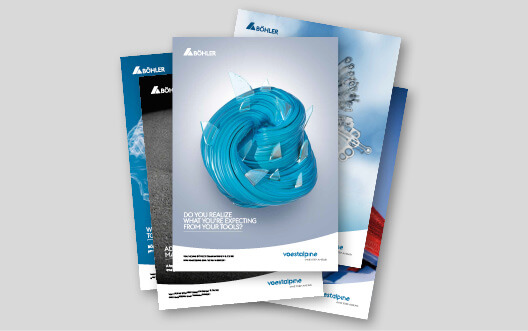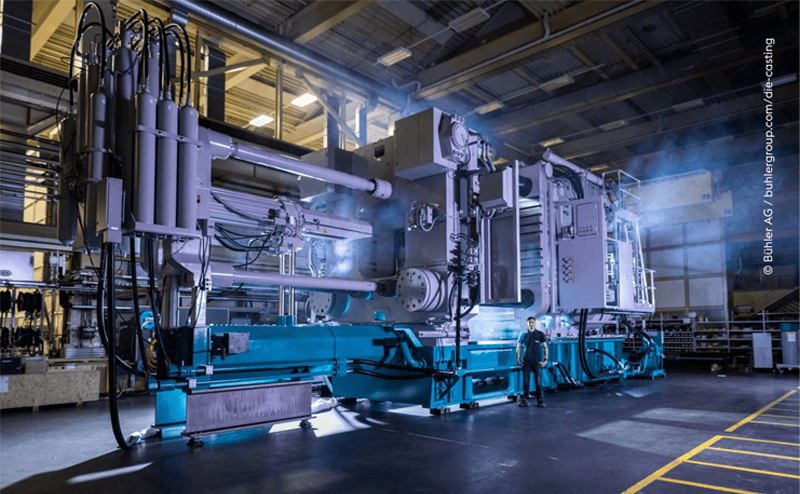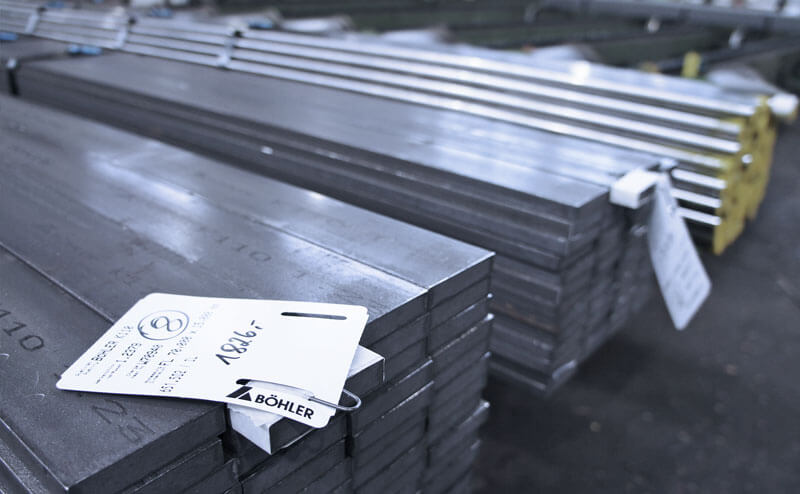Austenitic stainless steels are essentially non-magnetic, have a medium yield strength, high work hardening tendency, high tensile strength, good ductility and excellent toughness even at low temperatures.
Austenitic stainless steels have good weldability and are easy to form into complex shapes.
The most important alloying elements of such steels are Cr, Ni, Mn, Mo, C, N. The austenitic, face-centred cubic solid solution structure is achieved by a special balance of alloying elements. Cr, Mo and others act as ferrite-stabilising elements in this context. Ni, Mn, C, N stabilise the austenitic solid solution. As a rule, a fully austenitic structure is aimed for in high-performance steels (Superaustenites); a small proportion of ferrite can occur in standard steels. This ferrite content makes these grades slightly ferromagnetic.
The corrosion resistance is mainly determined by the content of Cr and Mo, for the resistance to pitting and crevice corrosion the pitting corrosion equivalent PREN = %C+3.3%Mo + (16 -30)%N applies.
The resistance to intergranular corrosion is determined by the free Cr content, i.e. the Cr content not bound in the form of Cr carbides.
Especially standard steels with Ni contents of 10 to 15% Ni show a certain susceptibility to stress corrosion cracking.
Austenitic high-performance steels are designed to be particularly corrosion resistant under aggressive conditions, e.g. in strong acids, alkalis and chloride-containing media such as brack water, seawater and brine. These steel types tend to show higher strength and higher resistance to stress corrosion cracking.
The mechanical strength in the steel group is determined by the alloy content, especially the N-content.
A subgroup of this steel category is formed by the austenitic Cr-Mn-Ni-Mo-N steels, which show a higher initial strength and a more pronounced strain hardening tendency and are often considered a more economical alternative to the Cr-Ni -Mo steels.
Due to its material properties, austenitic steel is used wherever particularly high corrosion resistance is required. Products and equipment made of stainless steel are used in various industries. The good weldability plays an important role here.
Austenitic steel is often used in the chemical industry, in construction, waste water technology, sanitary technology and in the food industry, but also in shipbuilding and medical technology.
In addition to corrosion resistance, the ease of cleaning after use also plays a major role in the decision to use this material.

